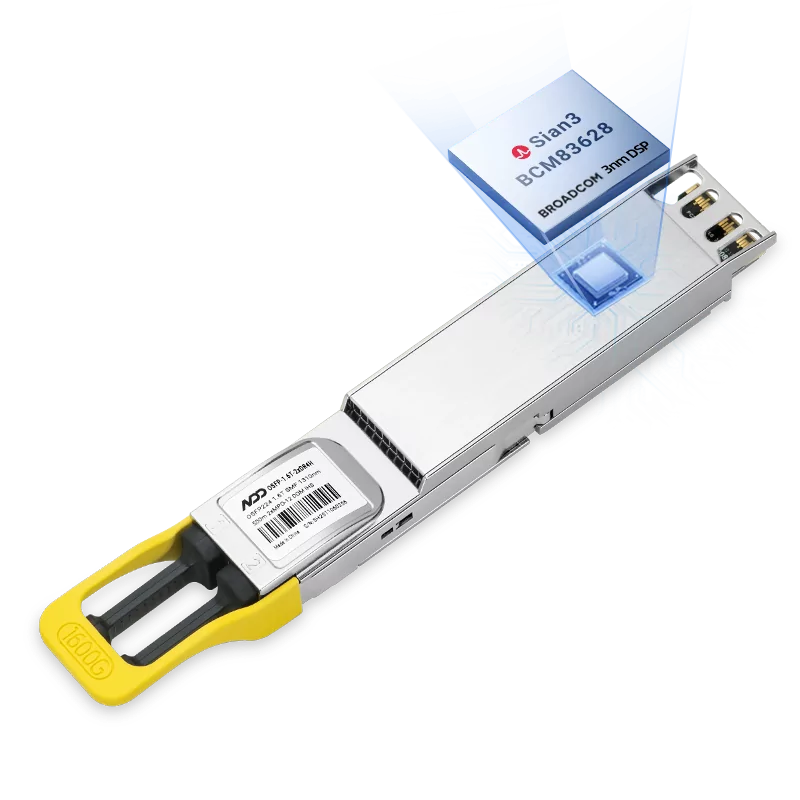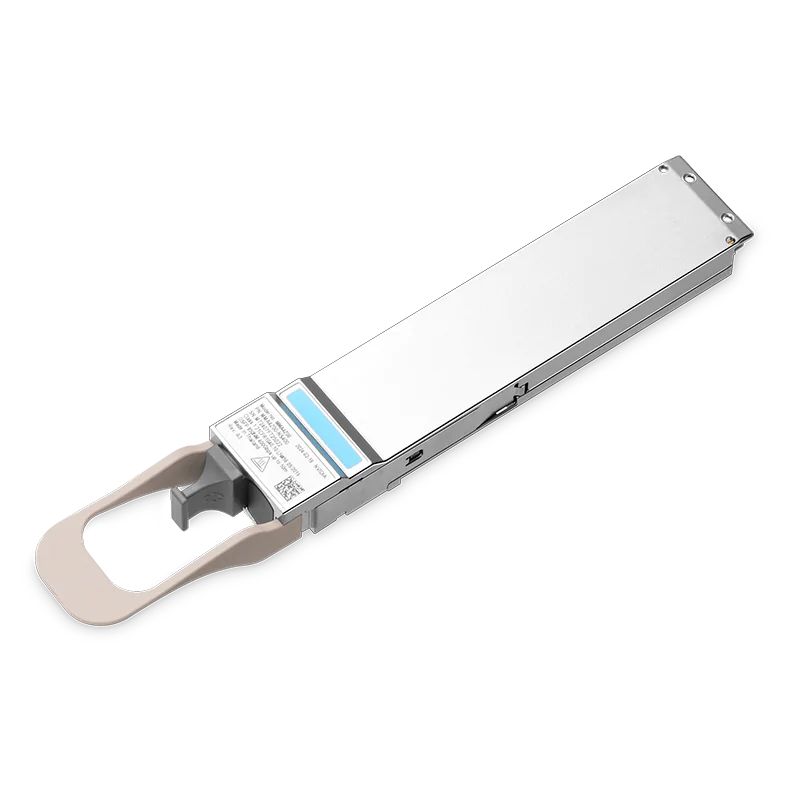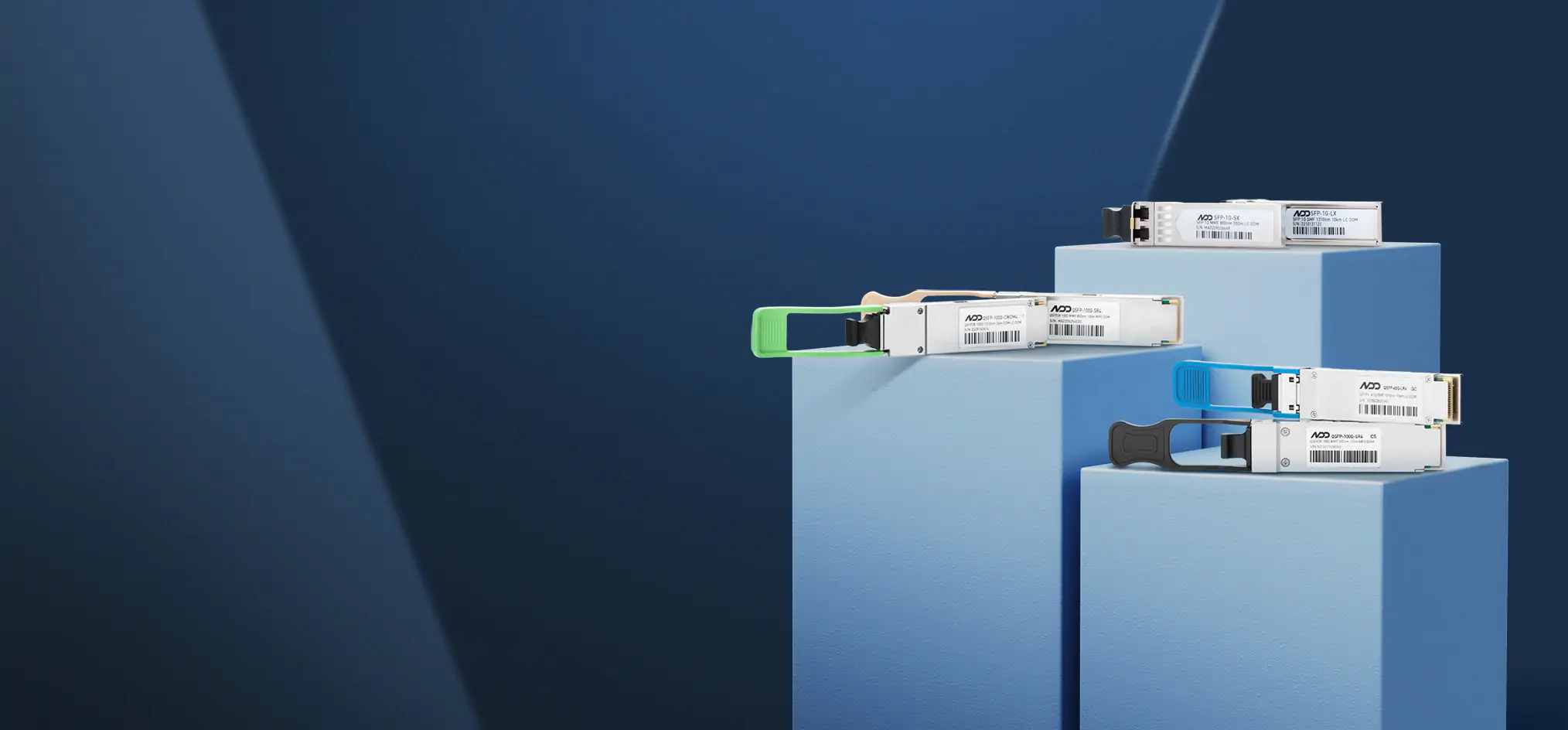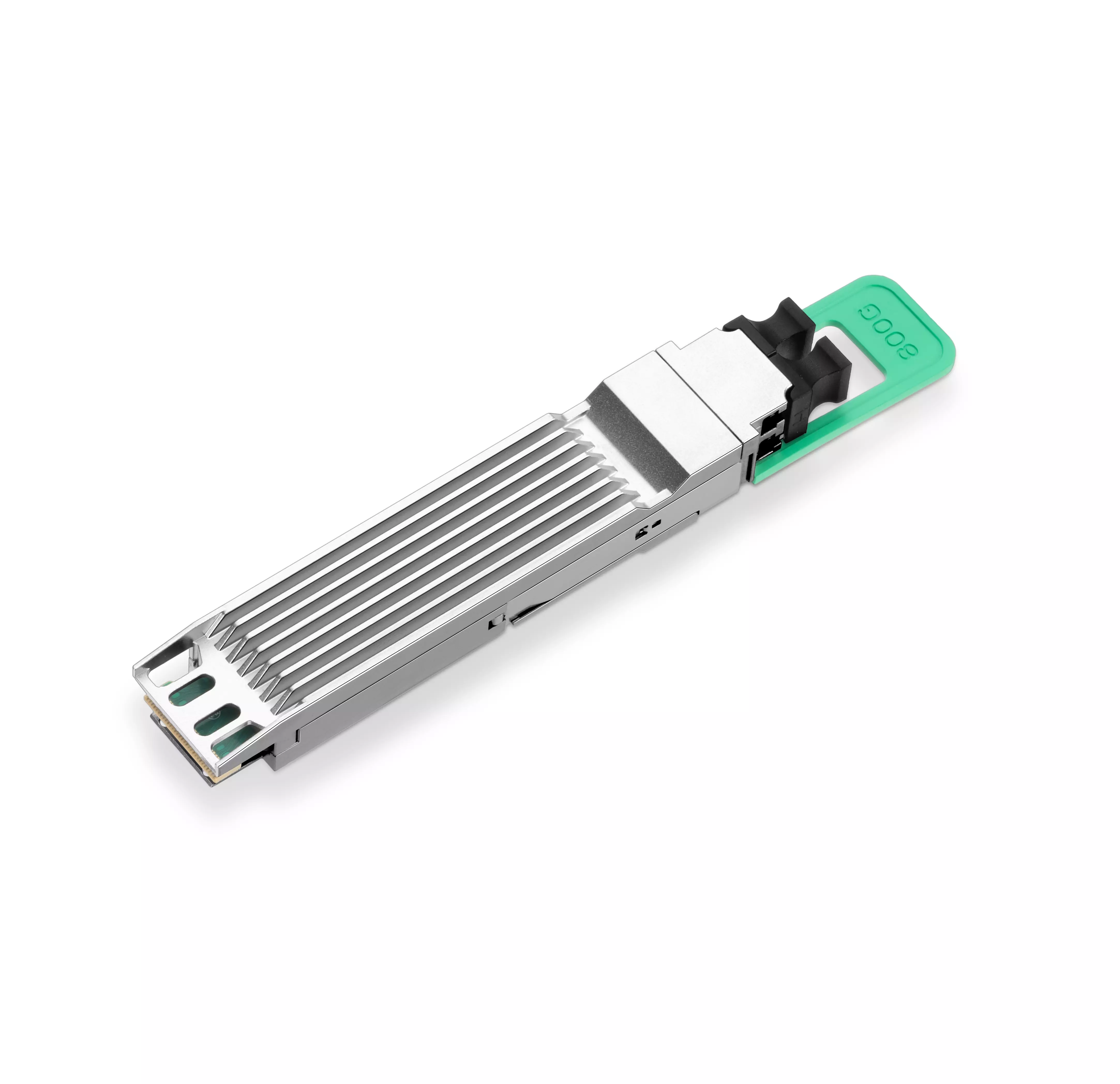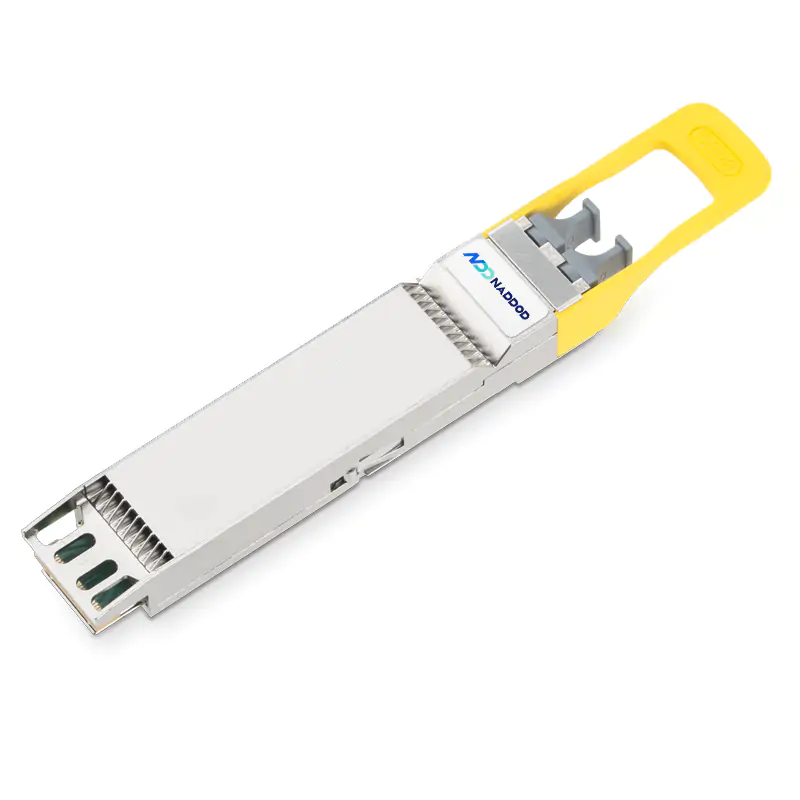Find the best fit for your network needs

share:
 800GBASE-2xSR4 OSFP PAM4 850nm 50m MMF Module
800GBASE-2xSR4 OSFP PAM4 850nm 50m MMF ModuleLearn More
Popular
- 1The Latest Trends in Backbone Network Optical Communications
- 2Liquid Cooling Technology in Data Centers
- 351.2T Network Upgrades: Mastering SerDes Tech in Optical Transceivers
- 4The Key Role of High-quality Optical Transceivers in AI Networks
- 5Common Problems While Using Optical Transceivers in AI Clusters




